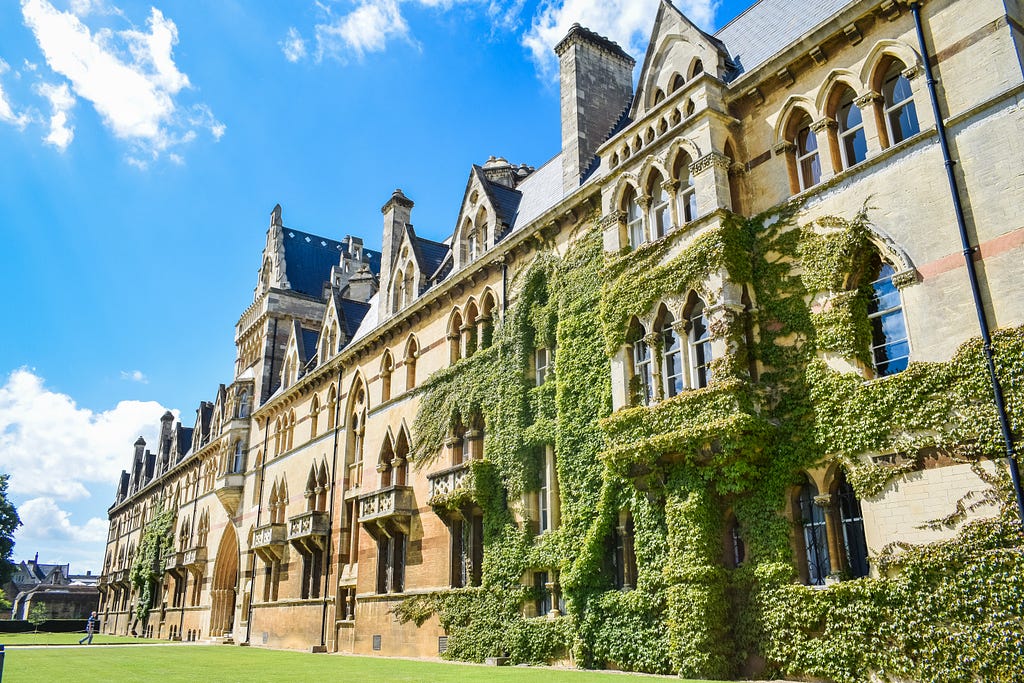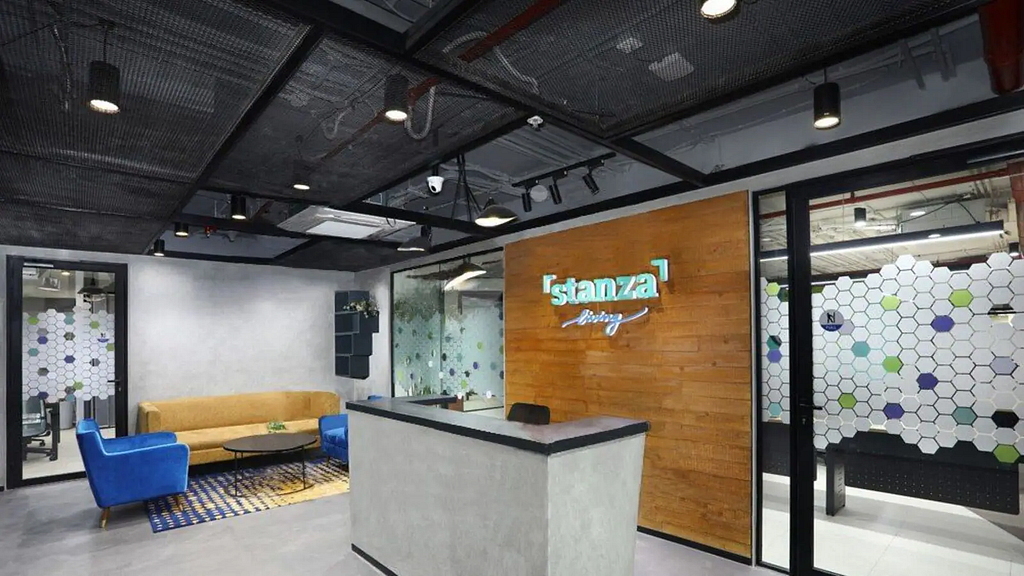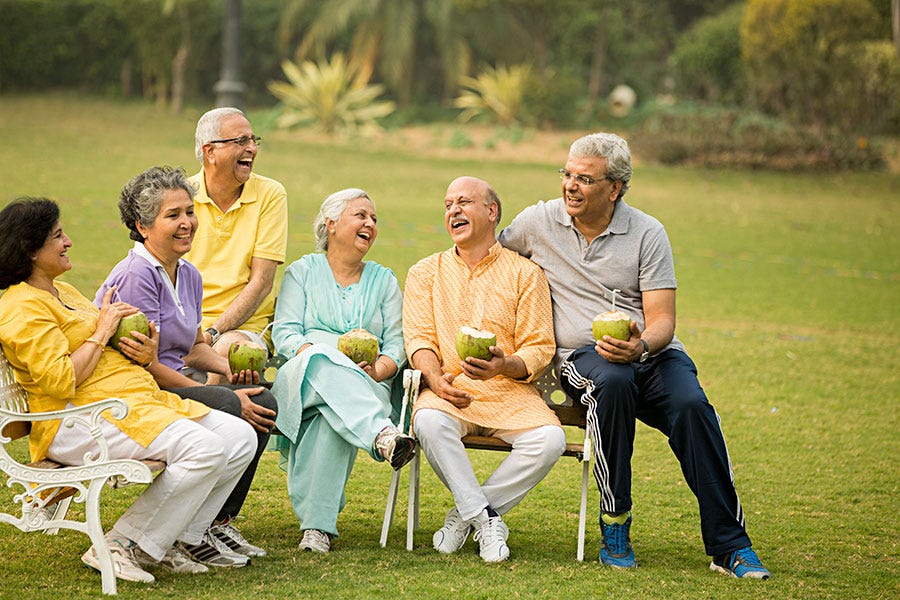
Why UK’s Legacy Brands Want a Piece of the Indian K-12 Pie
Photo by Darya Tryfanava on Unsplash
India is flush with international schools. As Indian parents are becoming more aspirational, the demand for quality international schools is also rising rapidly.
And while a lot of these schools are coming up organically by passionate educators starting and building their own institutions, many of have come up or grown their presence through strategic partnerships.
A timeline of international school groups and strategic partnerships
2023 marks the year where prestigious brands like Harrow School and Wellington College International start their first academic year in India. And while they are not the first UK brands to enter India (Repton partnered with VR Group in 2016 to start United World Academy), the commencement of their programs in India marks several trends for Indian Education in general.
The Thesis for International Schooling in India
Image Source: Wellington College International
Indian families are becoming richer. Irrespective of where one draws the line for what is rich and what isn’t, whether one’s rich is Near, Clear, Sheer, or Super (see table below), India’s rich class is growing.
Source: Economic Times
What comes with becoming wealthier, is the desire to send your kids to the best schools in the country, with world-class teachers, ensure utmost security and safety, and the possibility of an increased probability of your child attending an Ivy or OxBridge after finishing K-12.
No wonder there are so many international schools in India now, with more and more international K-12 operators entering the country.
Source: ISC Research
With the rise of international schools and the increased accessibility of global curricula, the desire for the affluent to distinguish themselves remains.
For years, they’ve been sending their children to well-regarded institutions like The Doon School, Welham Girls’ School, Daly College, Mayo College, and Woodstock School; with the entry of British schools in India, another exclusive club has opened up. It’s like a natural progression — they’re seeking to provide their children with exceptional educational experiences as a symbol of aspiration and distinction. To some extent, it also is a matter of pride.
However, it’s not solely the rising affluence within India that has contributed to this rapid growth. The decline of China as a favored destination for international schools has played a significant role.
Harrow School, one of the most prestigious and historic educational institutions in the UK, entered the Indian market in 2023, despite already having nine campuses in China. Similarly, Wellington College, founded by Royal Charter from Queen Victoria in 1859 and one of the UK’s great boarding schools, also commenced operations in India in 2023 and maintains five campuses in China.
Scott Bryan, the managing director of WCI, alluded to the increasing restrictions on foreign schools in China, especially post-pandemic, along with challenges in recruiting teachers. A report from education consultancy Cairneagle indicated a sharp drop in the number of British institution-backed schools planned for China — from 80% a few years prior to a mere 15% by January 2023 (Source: The Ken).
The economical merits of opening satellite schools in countries outside the UK are distinctively visible in the profits earned by these groups. According to Private Education Policy Forum, 40 British schools took £29m profits in 2020–21, compared with £1.6m in 2011–12.
Guardian graphic. Private Education Policy Forum, accounts filed to the Charity Commission and Scottish Charity Regulator
There is clearly plenty of merit in British schools opening satellite branches, and showing up in countries such as India. Albeit, their business models can look drastically different when they land here in India.
Modus Operandi: UK Schools in India
It is a given that most UK schools who enter India will have to operate in a considerably different fashion than they would otherwise. Spanning from the very incorporation of their entity, to fees, enrolments, and so on.
Sources: Press ReleasesPartnerships: The biggest one that stands out is that these British schools partner with either an Indian Real Estate player or an Indian education group to launch their school. It is rarely ever a case where a British brand starts a greenfield project here in India, on their own. And for good reason, because the regulatory market in India is fairly complex to navigate, and having a local partner helps ease that process out significantly. It is not just UK schools who take the partner route, with schools such as SISU Schools, Rutgers, and Finlandway forging partnerships to enter the Indian marketTuition Fees: Revenue is Vanity, Profit is Sanity, but Cash is King. Tuition Fees charged by the best international schools of India typically range from INR 3 to 4 lakhs. Legacy institutions can have tuition fees go as high as INR 10 lakhs. UK schools however, are taking it up a notch and leving tuition fees around the INR 15 lakhs price band. While these may be high numbers for the Indian market, these fee numbers also need to account for the higher revenue scale that needs to be generated for the profits to make sense that they operate in India, along with the economic benefits for the local partners.Source: School Websites, The Ken, LoEstro Research
3. Staff Mix: To maintain the ethos of the UK schools, it is imperative that staff is the right mix of British and Indian. Therefore, the staff mix is at 1:1 ratio currently at Harrow and Wellington. However, this mix is significantly higher than other international schools of India. Most top international schools of India have less than 5% of their total staff as expats. This is another reason why the Tuition Fees has to be considerably higher than their Indian counterparts.
4. Enrolments: While demand is flourishing for Harrow and WCI, the schools have decided to take it at a slower pace for now. Harrow is only offering 120 students in AY24, while WCI is offering only 80. Harrow has also gone from being a boys-only schools to being a CoEd school in India (not wanting to miss out on 50% of the market, which is already quite niche for them in India). If the schools perform decently in the first couple of years, it is quite predictably going to be years of long waitlists for parents who want to admit their kids to these schools.
Given the above, there is yet a lot of discovering for these schools to do in India, and a lot of local realities to face.
Key Success Factors for UK Schools in India
India is likely going to remain a lucrative market for schooling, whether a brand is already here, or is looking to make an entry in the coming years. Here are a few key factors that could decide what success looks like for such projects:
Faculty: Having expat/British faculty works extremely well in the Indian market for parents, to attract them to what the image of international education should look like.Global Networks: Groups such as Harrow and WCI can leverage the power of their global presence, and conduct meaningful exchange programmes + cross-country collaboration for faculty.Academic Results: In India, seeing is believing. British schools, while providing state-of-the-art sports/co-curricular facilities, will eventually have to stand apart by producing world-class academic results. Parents will have to see some of the graduates from these schools get the best academic results and actually attend the OxBridges and Ivy Leagues of the world.Cultural Sensitivity / Localization: India is too culturally diverse internally, and then from the context of a foreign school group starting their operations in India, there is a lot to navigate culturally for a group. Finding the right combinations across every facet of schooling becomes imperative. Inculcating Sanskrit/Hindi as languages, or having cricket/football as primary sports instead of rugby/polo, or having bharatnatyam as an option instead of only ballet; these are some cultural sensitivity choices that groups will have to make.Finding the Right Partner: Navigating the Indian market can be fairly complex and the right partner can help foreign operators ease into the regulatory, legal, and market challenges that India presents.
Are M&As Still the Best Route to India K-12?
Many groups have seen success while establishing their presence in India, and gained confidence to further acquire more assets in the country.
ISP, has been doubling down on their India business, acquiring Manthan International School this year after recently partnering with Sancta Maria International School.
Global Schools Foundation also entered into a strategic partnership with Witty International, shortly after acquising Hyderabad-based Glendale Education*, Bangalore-based Silver Oaks*, and Madurai-based Vikaasa Group of Schools.
New projects can take time, large amounts of capital, and severe risk levels. However, it is starting off on a clean slate, one where the group has the opportunity to create and stick to their strong ethos and values.
As schools such as Harrow and WCI further establish their presence in the country, and more groups come in, we will see further clarity into what defines success for which group in the Indian market.
Watch this space for more on Education, EdTech, and everything in between.
*LoEstro Advisors acted as exclusive financial advisors to the promoters of Glendale Education, Silver Oaks, and Vikaasa Group of Schools on their respective transactions.
Why UK’s Legacy Brands Want a Piece of the Indian K-12 Pie was originally published in LoEstro Advisors on Medium, where people are continuing the conversation by highlighting and responding to this story.

